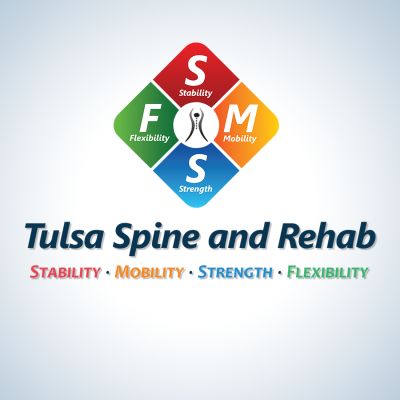What is Spinal Stenosis?
Spinal stenosis is any narrowing of the open spaces in the spinal column or the vertebrae. That can include the canal itself, where the spinal cord sits, or some of the small holes on either side of the spine where the nerve roots come out of. Essentially, these holes will become more narrow when stenosis occurs. This typically affects people over the age of 50, around the same time that some forms of arthritis also commonly arise.
SymptomsStenosis can occur in the neck or low back. Some of the symptoms related to cervical (neck) stenosis might be numbness, weakness, or tingling in the legs and feet. Other signs may be diffuse or nonspecific neck pain. In the low back, nerves can potentially become compressed in the lumbar area, which can result in leg cramps after standing for long periods of time. Discomfort when walking may also occur. With stenosis in the lower lumbar spine, patients will often say they feel better while they are sitting down. This could be due to the flexed posture, which might make patients feel a bit better while seated.
Spinal stenosis is any narrowing of the open spaces in the spinal column or the vertebrae.When you go to a physician or doctor’s office, they might do a few different types of tests to determine if you have spinal stenosis. The initial test will likely be an x-ray, since it’s the gold standard for diagnosing any type of low back pain. From there, detailed imaging such as an MRI or CT may be used. MRI is typically the choice of diagnostic imaging as posed to x-ray, because it can show problems with discs, ligaments, and so forth.
What causes spinal narrowing?This is often a natural consequence of aging, but it can also sometimes be due to overgrowth of the bone. Previously, I’ve talked about arthritis and changes that occur when we get a bit older. Bone tends to change over time, and along with that process spurs may develop, holes may start to close down, and discs can bulge or herniate to impede the holes as well. Additionally, ligaments can become thickened and in rare but serious cases, tumors can develop on the spine. Significant spinal injuries from accidents or major trauma can cause dislocations and fractures, which may lead to spinal stenosis as well.
Is it painful?Pain will likely accompany these problems. You may experience pain in the arm, for example. In more progressive cases, patients will experience numbness, tingling, or shooting pain down into the leg, as if something is compressed. We’ve discussed sciatica in the past. If something is irritating a nerve, this can potentially cause sensations in other parts of the body. In the lower back, lumbar stenosis or disc issues could result in lower leg pain. Neck issues could result in arm or leg pain as well.
What treatments are available?The first line of spinal stenosis treatment with many physicians will likely be some type of anti-inflammatory medication, and perhaps a muscle relaxant. In some cases, opioids or pain medications will be used as well. (At our clinic, we don’t deal with those types of medications.) If we think it is likely going to help, physical therapy will be employed as an effective frontline defense against spinal stenosis. This allows patients to build up their strength and endurance. We also focus on flexibility throughout the spine, improving your balance and biomechanics. Mostly, however, we will focus on improving core stability throughout the low back or the neck.
In other cases, steroid injections can be a reasonable option. In rare cases, the last option may be surgical intervention, since it is very effective at correcting spinal stenosis as well.
What can I do?It’s really about self-management and activity modification. Be accountable for your condition. In specific cases, walking assistance devices can be used to maintain mobility. We want you to maintain activity as much as possible to keep mobile. We will always recommend that our patients get up, move around, and stay active. If possible, don’t stay seated for extended periods of time. While seated, changing positions often may reduce pain as well.
When it comes to back pain, it’s important to get a diagnosis from experienced professionals. Contact us today at (918) 743-3737.
Listen to the podcast of this post here:
022014
The post What is Spinal Stenosis? appeared first on Tulsa Spine and Rehab » SpineCast with Sean Riley.
